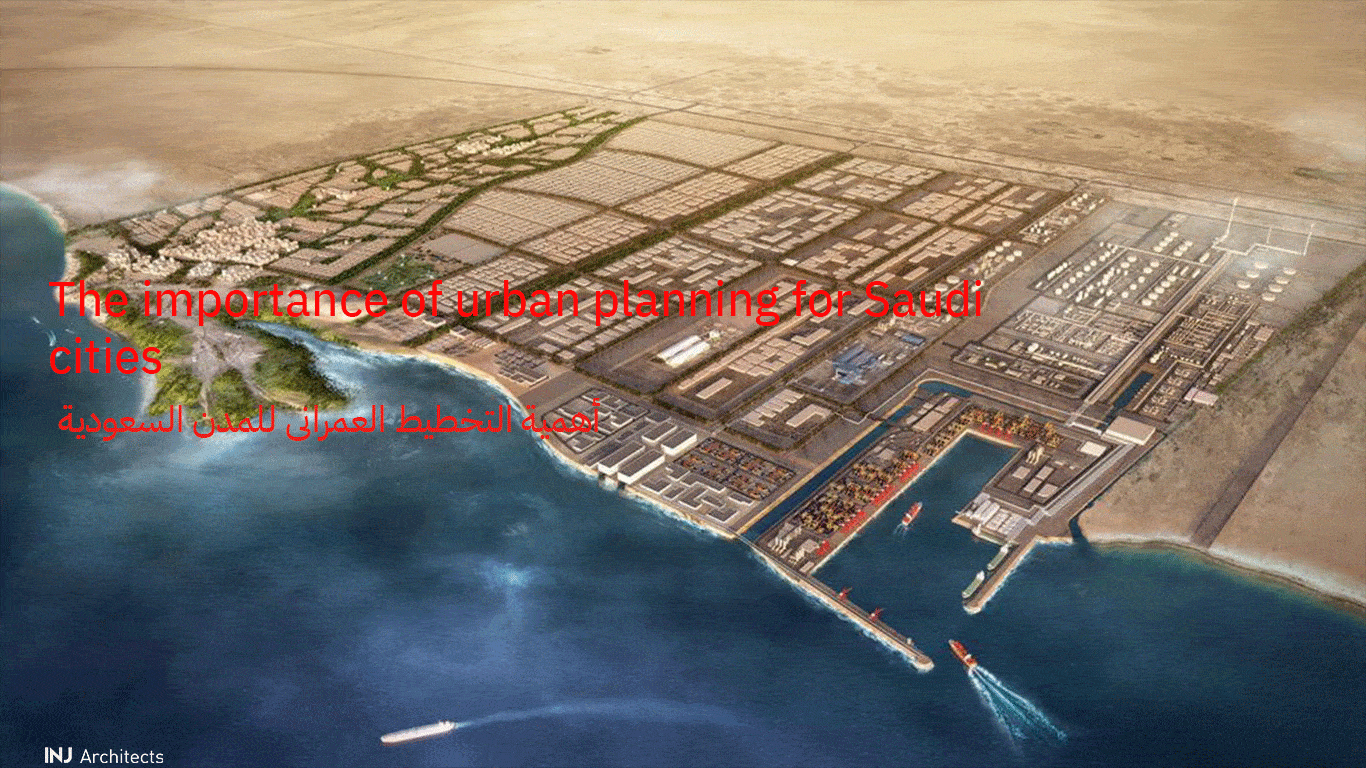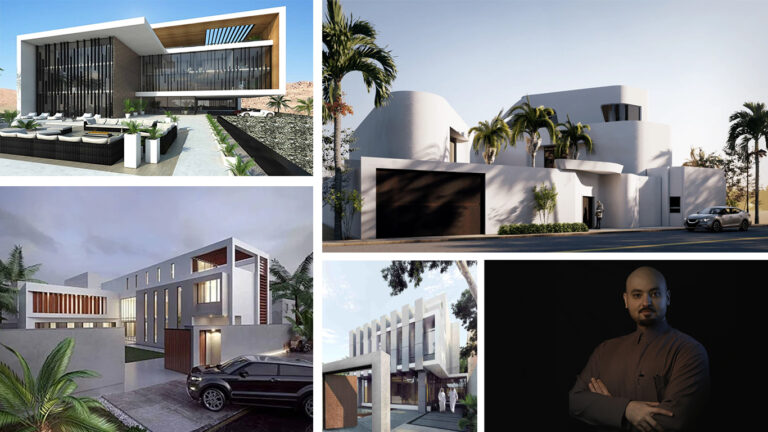The importance of correct urban planning for Saudi cities
-
The importance of correct urban planning for Saudi cities
Correct urban planning works to address most of the problems that may encounter the designers of residential cities,
and in the Kingdom of Saudi Arabia some large cities suffer from the increase in population numbers,
which create problems and crises that are followed by negative social and security phenomena.
The government is trying to partner with the private sector to re-plan Saudi cities and some slums,
through joint projects that work on building bridges and tunnels, expanding streets, and controlling traffic.
The large Saudi city is a geographical area defined by its main urban scope, and according to this concept,
wider regional plans were not applied for the major Saudi cities,
so it was assumed that regional plans be implemented through which urban problems could be considered,
and then dealt with from outside the urban area and not from within.
This comes about looking at the large city in planning through the general geographical area that it includes as a major center of the area,
and the surrounding suburbs, villages, towns and small cities, which is the area that is usually called the term “city region“.

-
Saudi city planning
The common planning pattern for city regions usually focuses on the urban aspects and related services.
However, Saudi cities must include their planning beyond the urban aspect,
for example job opportunities should not remain concentrated to a large extent in large cities.
The daily influx of these cities to join the various work centers, adds to the city’s facilities a burden on the burden of the city’s population.
Therefore, there is an urgent need to develop a more comprehensive planning framework for the regions of major cities in particular.
This framework includes an aspect with economic dimensions, in addition to urban planning,
and this can be done by linking the planning of city regions to the national urban strategy in the Kingdom,
so that the focus is on growth centers, especially local centers, which are located in the spatial framework of the regions of major cities.

-
Ideas for proper urban planning
It is better to take into account not to focus only on the central city and its immediate surroundings from the suburbs,
through the existence of urban planning that includes all population centers in the city’s territory (the large central city – the suburbs – small cities – countries – rural agglomerations),
so that planning includes creating relationships Functional among the elements of the territory.
By providing different services to different levels of residential centers, in addition to providing more specialized services,
such as regional hospitals at intermediate points located between small – small population centers (villages – towns),
the current status quo of the existence of these services in large cities can be avoided only with sufficiency.
By providing primary health and educational services in villages and small towns, which is one of the main factors driving internal migration to major cities.
With the provision of a suitable housing and service environment for small urban and rural housing complexes as well,
and job opportunities that allow residents to settle in their current locations,
this may work to retain the population and reduce the volume of migration from these gatherings towards large cities.
The application of the previous ideas may lead to a spatial flow of growth from the big cities to the major cities due to the smaller population agglomerations that are adjacent to them,
and the implications of this for several, not the least of which is the reduction in the volumes of internal migration currents for large cities in general,
and what this reflects in the high capacity of the administrative authorities of these cities Planning and day-to-day dealing with the issues and problems of these cities.

-
Great challenge facing the managers
In light of the great challenge facing the managers of these cities,
to bring the urban controls approved by the strategic, structural and detailed plans into reality.
The lack of participation of city sectors in all stages of urban planning is a major reason behind the continuous suffering of cities with each new stage of growth at the level of neighborhoods and residential neighborhoods.
One of the biggest challenges facing the tourism development in the Kingdom at present, especially within cities,
is that the tourism use in its economic and urban dimensions was not an accurate and sufficient functional definition in the legislation previously produced by the comprehensive and structural plans for cities,
but rather that it was often allocated as a secondary use to treat areas.
Unsuitable for planning or those located on the outskirts of the city that do not represent an urban value.
This was often compensated for by recreational use, and this is a wrong and unacceptable concept from the planning point of view.
Therefore, over the past years many cities have not been able to meet the requirements of tourism development and enable it as one of the main ingredients for building and developing cities,
and it will need to adopt strategic decisions that radically transform the combination of the uses of the city and exploits the opportunities and capabilities that optimize its development potential.
Therefore, planning projects in or within their scope of archeology or urban heritage sites must not be approved except after obtaining approval from the General Authority for Tourism and National Heritage,
and directing the district secretariats to the necessity of coordination with the authority when developing,
expanding or beautifying cities and villages planning projects, or when preparing grant plans.
This represents an important step at the level of coordination in the field of city planning, but it is not sufficient,
because reviewing the structural plans of cities and reprogramming the sites of tourism projects is a must if we want real alternatives for revenues and raising the efficiency of the benefit of the land.
You May Like: Architects’ insurance and professional compensation for practices




